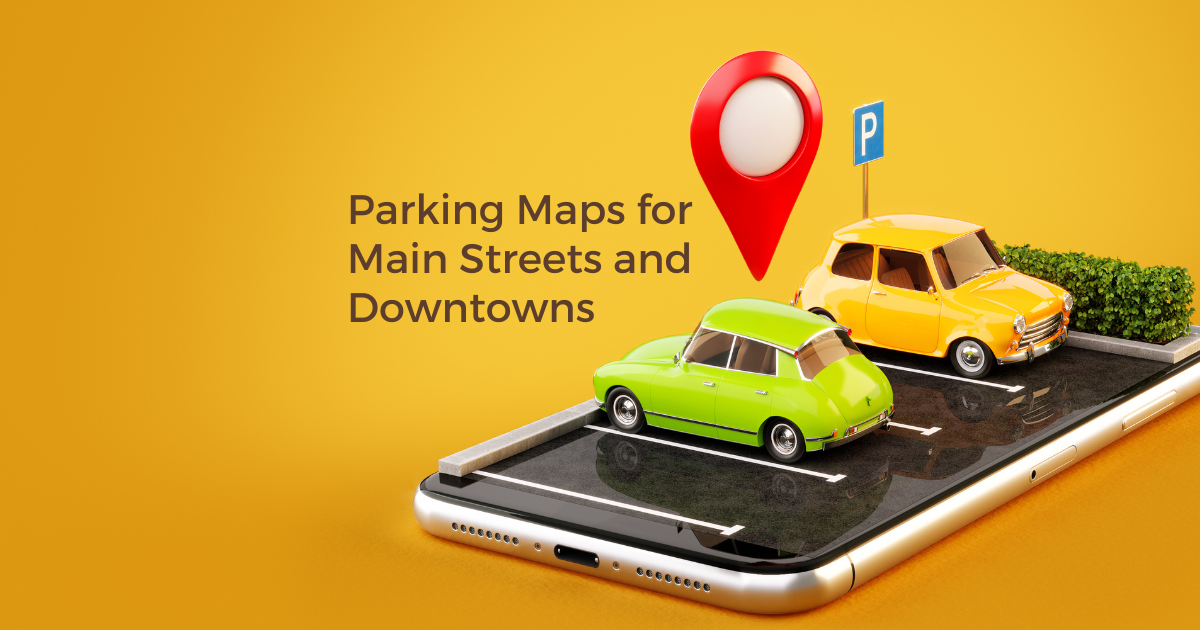
Over 2,600 years ago, a powerful and well-known nation called the Neo-Babylonian Empire drafted history’s earliest known map of the world. This map was etched onto clay tablets and revealed geographical illustrations of Babylon and the Euphrates River, the neighboring cities of Assyria and Susa, and tiny, distant islands that possess characteristically archaic titles, such as “A Place Where the Sun Cannot Be Seen.” This Babylonian map is one of the oldest known examples of cartography.
Cartography, although it sounds like a complicated word, actually contains a simple definition. The OED (Oxford English Dictionary) defines cartography as: “the drawing of charts or maps.”
Since the earliest days of human traveling, maps have been an essential part of knowing where to go. Furthermore, maps help us understand our world, and as tools and technology have progressed, so has our ability to chart even the tiniest topographical features, which helps us visualize locations without actually being there to see them.
Drawing maps, however, is not a simple undertaking. Before drawing any map, you must use the proper cartography tools. Throughout the ages, mapping tools have changed considerably. From a simple compass to Geographic Information Systems (GIS), how we collect information and create maps has gone from a time-consuming and laborious process to an automated, digitized, click-of-a-button task.
With this evolution in cartography has come a development in the uses of cartography. Early maps were used to either illustrate or guide someone to a destination. Today, maps possess several possible applications, including the oldest use for guiding individuals to specific locations, as well as outlining the position of shipping lanes in the oceans, tracing flight paths in the sky, and much more.
Cartography is also used in numerous highly influential industries. Some of these fields where map-making is utterly essential are the military, engineering, architecture, surveying, and land management.
As such an important field with ancient roots, cartography is not a subject that can be ignored. Cartography requires cartographical tools, which have changed over the centuries. Looking at the evolution of these instruments and technologies can help us understand how cartography has changed over time and how our understanding of the world via maps has also changed.
Understanding Cartography
Before we can look at cartography tools, we need to understand cartography itself. This means looking at the essential elements of the art and briefly examining its history.
What is Cartography?
As we know, cartography is the process of designing and creating maps. Its purpose is to visually represent the world in a, most commonly, two-dimensional way. Cartography takes into account not just the geographical features of an area but the topographical, geological, political, and sometimes religious and economic features as well. Once the information has been gathered, the map is created and used for one of the many purposes outlined above.
In making a map, the cartographer must include all the map elements that make a map useful. One of these elements is symbols. These symbols can be anything from location markers to lines, regions, text, and more. Once they have been included, the cartographer must also include a legend, which helps the viewer understand the meaning of the symbols.
Another vital element is scales. Every map needs a ratio that tells the viewer what the real-life distance is versus the distance on the map.
Map projections, especially for world maps, are the only way for a two-dimensional surface to accurately represent the curved globe. To do this, cartographers transform latitude and longitude into coordinates on a plane.
While all this sounds scientific and unbiased, it is nonetheless true that cartography is not always perfectly accurate to the real world. Instead, maps are made to be representations of the world, and oftentimes current events, politics, economics, and religion can influence the way a map portrays the world.
A Brief History of Cartography
The history of cartography begins in the ancient world. The ancient maps of the Babylonian Empire mentioned above are among several of cartography’s earliest examples. In these very ancient days, around 600 BC, maps were rare, etched onto stone tablets or walls, and had very little accuracy. Instead of useful, complex maps, they were more like simple drawings of an area.
All this changed with the contributions of the Greeks. About 750 years after the Babylonian map, Ptolemy, a Greek scholar, used mathematics to create far more accurate maps. In 150 AD, Ptolemy wrote an eight-volume textbook with more than 8,000 place names, including Iceland and Korea, plotted on lines of latitude and longitude.
Not long after that, in the 4th century AD, the Romans created a map that showed over 60,000 miles of Roman roads from Western Europe to the Middle East.
As the centuries passed, cartography advanced. Between the 15th and 17th centuries, the Age of Exploration was in progress, thanks to the invention of the telescope and compass, and later the sextant. This era of sea voyages prompted cartographers to develop more precise maps and inspired Mercator to develop his revolutionary map projection.
Traditional Cartography Tools
For the longest time, cartographers used certain specific tools for their job. These tools did not significantly change once they were invented but were subtly improved upon as the years went by.
Compass and Protractor
Among the earliest traditional cartography tools are the compass and protractor.
The compass is believed to have been invented by the Chinese for navigational purposes in the 11th or 12th century AD, with Western Europe making them at the end of the 12th century. However, it is known that ancient Greek and Chinese scholars from the 1st century knew about magnetism, which is the principle behind traditional compasses.
Compasses use a magnetized needle whose ends point to the north and south. This was essential in determining direction, especially if the sun, stars, or landmarks could not be seen.
Protractors were another essential tool for cartographers and were simple semi-circular disks that graduated in degrees from 0 to 180. These were being used regularly by the 13th century, alongside an astronomical observation tool. By 1801, a US Navy captain invented a more complex protractor for charting ship positions. Protractors were used to measure angles and distances and were essential in traditional map-making.
These traditional tools were helpful for creating more accurate maps than the world previously had, but they still had limitations. For instance, magnetic compasses would not work correctly near the north or south poles or when used on metal ships.
Paper Maps and Drafting Tools
Between the days of the ancient Greeks and the digital age, traditional cartography was performed on paper. Using the tools mentioned above, and several others, cartographers would draft maps on a large piece of paper and add details over time. Because these maps were on paper, they were two-dimensional and therefore required symbols, legends, and scales to be interpreted.
Paper maps were made with basic drafting tools, such as rulers, pencils, and erasers. This meant that any accidental movement or miscalculation on the part of the cartographer could result in an inaccurate map.
Additionally, since maps were drafted by hand, usually by highly educated and artistic cartographers (Leonardo da Vinci, for instance), the map often included aesthetic elements. For example, medieval and Renaissance-era maps might have artistic representations of creatures or events on or surrounding the map.
Modern Cartography Tools
Today’s cartographers have a very different job from their historical predecessors. Modern cartography tools, thanks to digital technology, have revolutionized map-making techniques.
Aerial Photography and Remote Sensing
One of the best ways to gather information for map creation is aerial photography. Getting cameras up into the sky had been a goal for a long time, and one of the first instances of this was in 1858 when a French photographer took a photograph of Paris from his hot-air balloon.
Today, with helicopters and UAVs, aerial photography is simple. These photographs have become an integral part of cartography, making it easier and faster to change maps as the world on the ground transforms.
Another modern cartography tool is the remote sensor. Remote sensing technologies can transform light, sound, heat, motion, and physical objects into signals that a computer can read. This makes measuring and charting things like geographical features vastly easier.
GPS and Satellite Imagery
The launch of the GPS (Global Positioning System) has largely made paper maps obsolete. Using signals transmitted by 24 different satellites and performing trilateration, GPS receivers are a highly accurate tool for navigation.
Like the GPS tool, satellite imagery uses wide-scale views from space to collect current and accurate geospatial information. Satellite images provide cartographers with a way to do map visualization at unprecedented speeds.
The combination of GPS tools and satellite imagery has enabled cartographers to collect data in seconds and has helped them create millions of minutely detailed maps for use in all kinds of settings.
Geographic Information Systems (GIS)
One of the most recent advancements in cartography tools is the invention of GIS (Geographic Information Systems). This software organizes and visualizes geographical data.
Before GIS, data visualization of the information collected from GPS tools and satellites had to be done manually. Now, once the data has been collected, GIS software can analyze it, interpret it, and then visualize and describe it on maps.
GIS has been used in various fields to help people understand information and solve problems. For cartographers, it adds another dimension to map-making; GIS maps can be more attuned to a specific focus. GIS is also used by researchers, health institutions, environmental scientists, engineers, and others.
21st-Century Cartography with Proxi
The evolution of cartography has been long and varied. From ancient etchings on tablets to highly complex GIS software, map-making has undergone many changes. Today, you don’t need to be a highly educated medieval artist that explores the world and uses protractors and compasses to make a map. Now, individuals can use online GPS, satellite, and GIS tools to create original maps at the click of a button.
Ready to make your own map?
Related Articles
Get Inspired
View All Featured MapsAdventure Awaits!
Check out some of the latest articles on our blog





.png)
